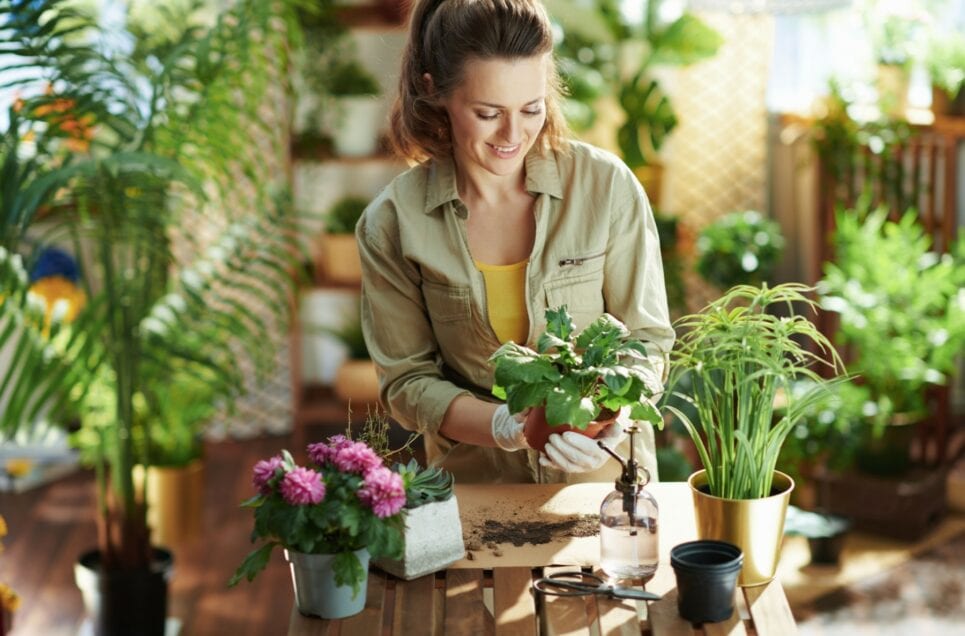Looking for new plants to put in your garden or home? These are some of the most beneficial plants you can find- both for the benefit of your garden, but also medicinal value. (In case you are brave enough to eat them or drink a tea made out of these flowers.) Here at Home Addict, we have a great list of the most beneficial plants to have in your yard.

Calendula
The calendula flower has many good benefits for the skin, hair and body. Dried calendula flowers can be made into tea. Dried calendula has antimicrobial and antifungal properties. As a tea it has the ability to battle cancer, heart disease, and muscle fatigue to name just a few. According to a medical study, calendula tea healed 78% of foot ulcers related to diabetes.

Also consider making calendula salve to heal problems with your skin. As a salve it can heal acne, rashes, burns, diaper rash, varicose veins, and cold sores. If you’re not a very craft person, calendula salves can be purchased on Etsy from individual makers. There are other herbal salves out there that may include calendula, as well as other plants that help with healing your skin. (via Web MD)















































































